Mintroad is equipped with three state-of-the-art kilns onsite, ensuring efficient and effective kiln drying of our timber products. This process enhances the quality and longevity of the wood, providing significant advantages for our customers.
Treatment Types
In South Africa, plantation-grown pine and eucalyptus are treated with preservatives to protect against fungi and insects, following the H Class system by SANS (South African National Standards). Treatment levels vary based on usage, from roofing to jetties.
HAZARD CLASSES
INTERNAL
EXTERNAL ABOVE GROUND
IN GROUND CONTACT
IN FRESH WATER / WET SOILS
IN SEA WATER
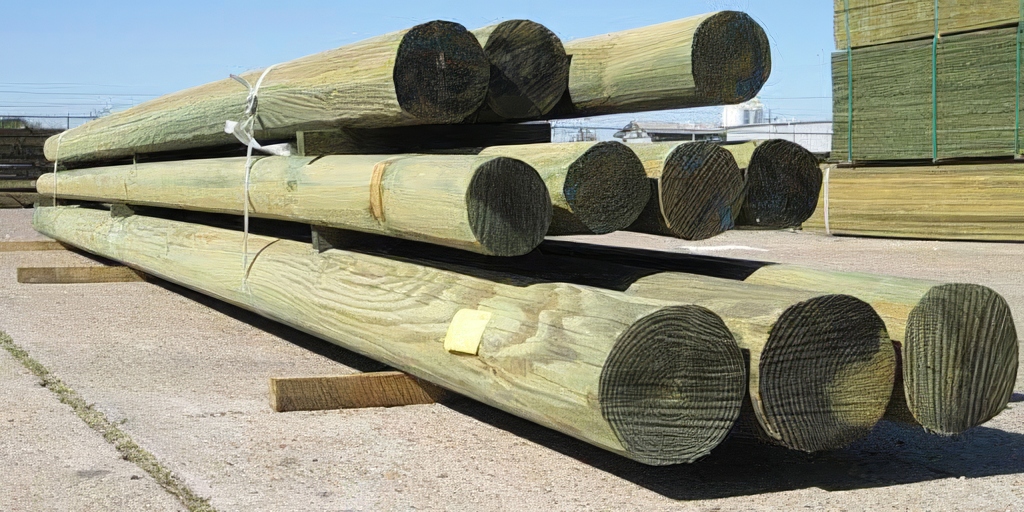
CCA (Chromated Copper Arsenate)
CCA is the most common treatment with a distinctive greenish hue. It’s used in various H-class applications:
- H2: Internal use
- H3: External, above ground
- H4: Ground contact
- H5: Water contact, but not submerged (24kg/cubic meter)
- H6: Submerged in water (24kg/m³ + 130kg/m³ of creosote for dual treatment)

Creosote
Creosote is a tar-derived preservative, offering strong protection for wood in harsh environments. Commonly used in utility poles and marine structures:
- H4: In-ground applications (100kg/m³)
- H5: Water contact, but not submerged (130kg/m³)
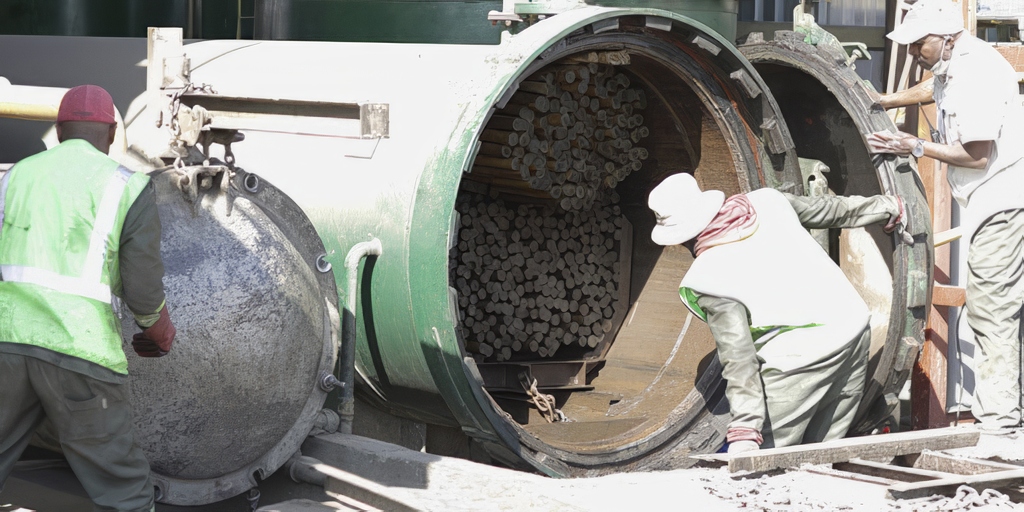
Boron (Insecticide)
Boron treatments provide robust protection against wood-boring insects and fungal decay. It’s especially effective in moist wood and is commonly applied using dip-diffusion:
- H2: Ground application (5kg/m³)
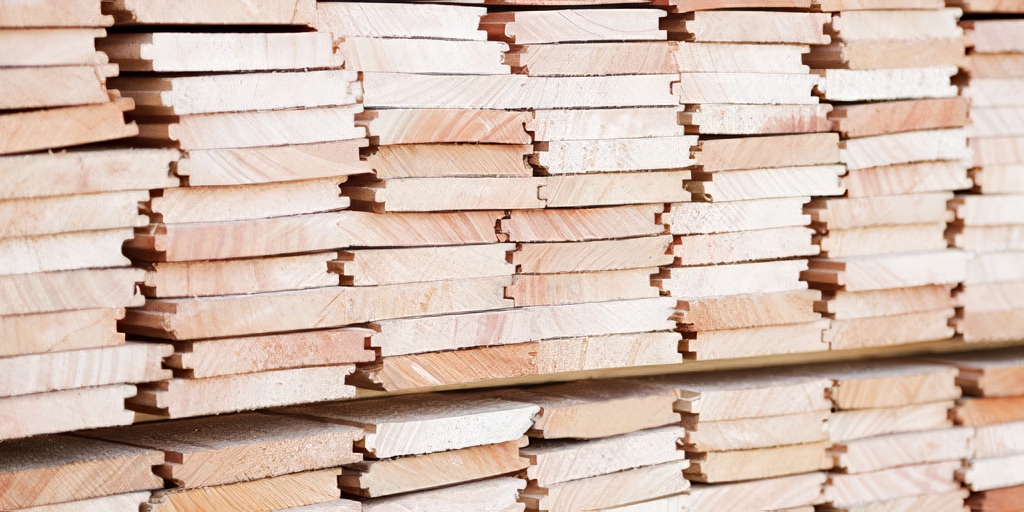
Flambor (Boron + Fire Retardant)
Flambor offers dual protection against fire and biological threats. It strengthens wood’s fire resistance while also preventing decay and insects. Applications range from construction to outdoor structures:
- H2: Ground application (8kg/m³). Surface coating can upgrade to H3.
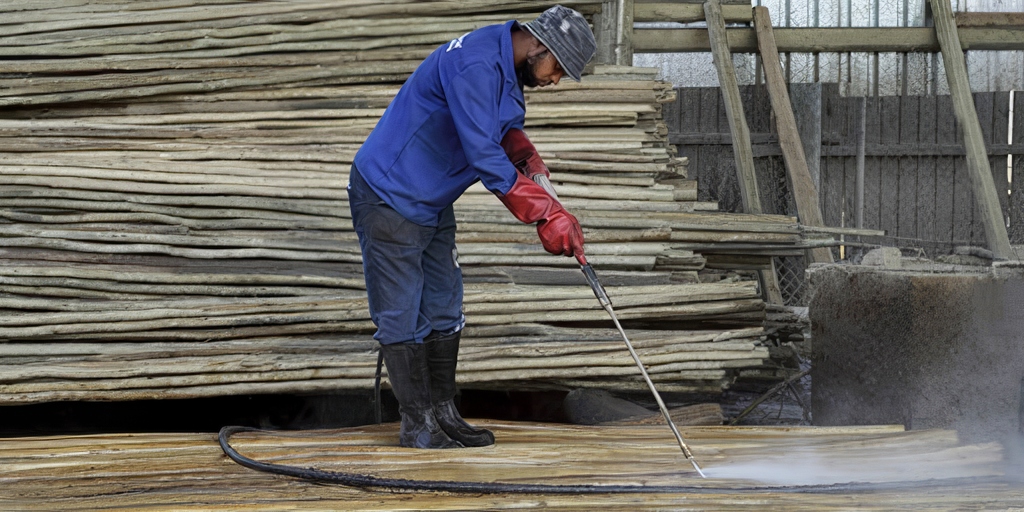
Pacsayf (Fire Retardant Only)
Pacsayf is a fire-retardant treatment that also protects against decay, fungi, and insect damage, enhancing wood durability. Ideal for various outdoor and structural applications, especially in environments with high fire risk.
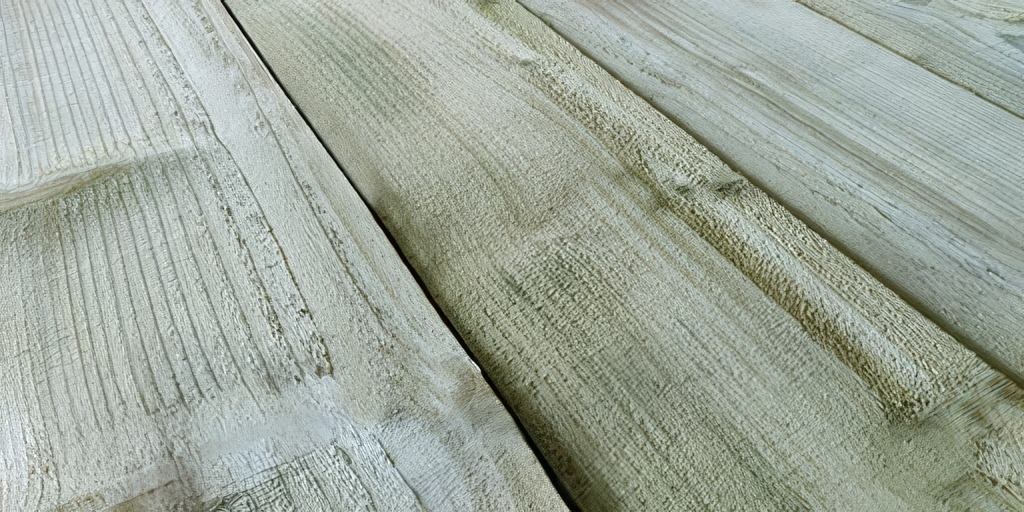
Tanalith E (TanE)
Tanalith® E is a water-based preservative that deeply penetrates wood fibers for long-lasting protection against decay and insects. Commonly used for:
- H2/H3: External, above-ground use
- H4: In-ground application
Kiln Drying
Benefits of Kiln Drying
- Moisture Control: Reduces moisture content to minimize the risk of warping, splitting, and swelling during use.
- Enhanced Durability: Helps prevent decay and insect infestations, extending the lifespan of the timber.
- Improved Stability: Increases dimensional stability, ensuring the timber retains its shape over time.
- Better Finish: Promotes smoother surfaces and more uniform finishes, making it ideal for staining and painting.



